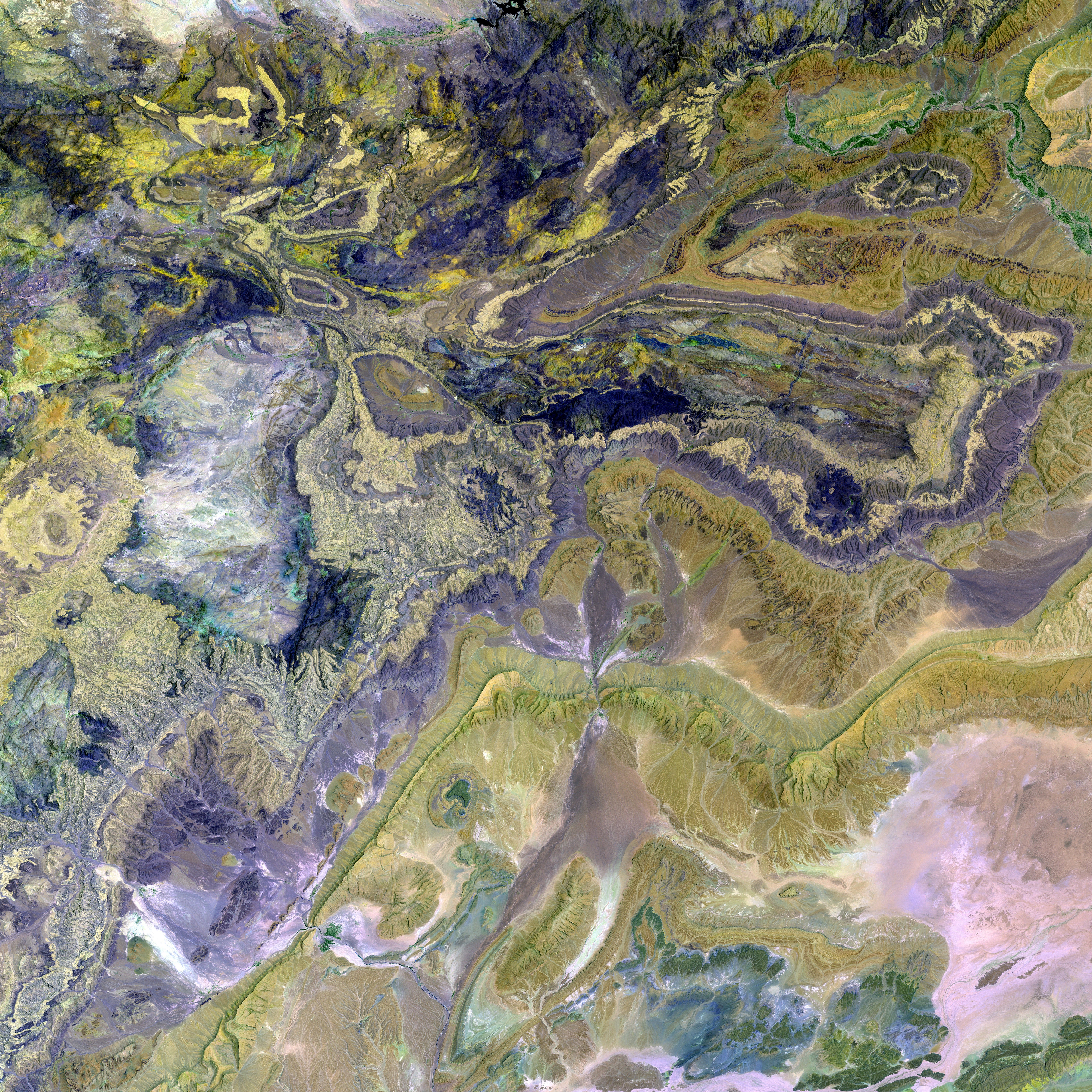Mapping Strategies and Methods for Ensuring Success Using Process Tools
Streamlining Business Operations and Boosting Productivity in 2025: An Insight into Process Mapping
In today's fast-paced business environment, enhancing efficiency and productivity is paramount for success. One effective tool in achieving this objective is process mapping. This comprehensive guide expounds on the concept, objectives, and techniques used in process mapping, as well as the assortment of tools available to create efficient process maps.
To commence, a process map is essentially a visual representation of a business operation that graphically displays the steps involved in the process, along with the individuals and outputs associated with it. Furthermore, process maps commonly incorporate common symbols to denote various elements of the process, including decision points, bottlenecks, and redundancy.
The raison d'être behind process mapping is to precisely comprehend business operations and identify areas that require improvement. By mapping out a process, one can inspect the sequence of tasks needed and detect potential hindrances, facilitating targeted improvements and heightened productivity.
In relation to process mapping techniques, there exists a gamut of options tailored to the intricacy and extent of detail required. Below listed are popular techniques:
- High-level process map: A high-level process map offers a comprehensive overview of the process, featuring essential elements.
- Detailed process map: A detailed process map delves into each step of the process, outlining assigned tasks and responsibilities.
- Value stream map: This type of process map emphasizes the flow of materials and information through a process.
- SIPOC: The acronym SIPOC stands for Suppliers, Inputs, Process, Outputs, and Customers. It is implemented to discern the components of a process and their mutual dependencies.
Aside from providing a clear picture of the process flow, process mapping enjoys several advantages:
- Enhanced communication: Process maps serve as visual aids that facilitate discussions with stakeholders and team members.
- Process documentation: Maps serve as a repository of the process, making it easier to understand and optimize the process over time.
- Business process improvement: By detecting areas that require enhancement, process mapping can prompt the development of better business processes and heightened productivity.
To induce process maps, choosing the appropriate tools is essential. Below have been enumerated top-tier tools for process mapping:
- Microsoft Visio: Microsoft Visio ranks among the most popular tools for creating process maps. It offers the convenience of drag-and-drop functionality and a diverse assortment of templates that render generating professional-looking process maps a breeze. Additionally, it integrates seamlessly with other Microsoft products such as Excel and PowerPoint.
- UML: Primarily utilized in software development, UML can also be employed for process mapping. By applying UML for process mapping, one can create elaborate diagrams revealing the interactions between different components of the process, especially in complex scenarios.
- Process Mapping Software: Numerous software solutions are specifically engineered for process mapping, including Lucidchart and Gliffy. These tools offer pre-built templates and symbols, easing the creation of professional-looking process maps. They frequently feature collaboration features that allow multiple users to make concurrent edits on the same process map
- Pen and paper: While an old-school option, handwritten process maps remain useful, particularly for smaller processes or brainstorming sessions. The simplicity and flexibility offered by pen and paper can render this approach indispensable for teams intent on speed and easy access.
- Google Drawings: Google Drawings is a free tool bundled with the Google Suite. It offers many features identical to Microsoft Visio, such as drag-and-drop functionality and an array of templates. Its cloud-based functionality permits the access of process maps from any location with an internet connection.
- Mind Mapping Software: Tools such as MindMeister and XMind can be implemented for process mapping. Mind maps are a system of branches displaying the relationships between different ideas or concepts, thereby offering a concise solution for process mapping.
- BPMN (Business Process Model and Notation): BPMN is a standardized notation used to represent business processes. By employing BPMN for process mapping, one can create precise diagrams showcasing the flow of information, resources, and decisions through a process.
- Draw.io: Draw.io is a no-cost, open-source tool designed for creating diagrams, flowcharts, and process maps. Similar to Microsoft Visio, it offers drag-and-drop functionality and a range of templates that facilitate the creation of professional-looking process maps.
- Creately: Creately is an internet-based tool perfect for creating diagrams, flowcharts, and process maps. It offers a variety of templates and symbols, as well as collaboration features that permit various users to collaborate on the same process map simultaneously.
- Microsoft Excel: While primarily used for spreadsheets, Microsoft Excel can also be utilized for process mapping by employing the built-in drawing tools and shapes to create simple process maps that depict the flow of a process.
In conclusion, numerous tools are available for process mapping, each with its unique attributes. Regardless of the choice, the key factor rests in selecting a tool that suits your team and process mapping needs effectively.
To develop a process map, follow these guidelines:
- Identify the specific process you wish to map out.
- Decide on the type of process map you wish to craft.
- Gather information pertaining to the process, including the individuals engaged and the sequence of tasks required.
- Deploy a process mapping tool to create the diagram, incorporating any essential symbols or graphics.
- Review the process map to optimize the flow and make necessary adjustments.
To generate an effective process map, adhere to the following techniques:
- Encourage participation from all stakeholders: Including all parties engaged in the process ensures that the end product reflects the reality of the process and offers a comprehensive view.
- Engage in brainstorming for issue identification: Brainstorming methods help identify potential issues and opportunities for improvement.
- Map out the existing process before devising the ideal process: Mapping the existing process can reveal areas ripe for improvement and serve as a blueprint for designing a more efficient process.
- Employ common process mapping symbols: Utilizing standard symbols facilitates the comprehension of the process map for all stakeholders.
- Focus on essential processes: Identify critical business processes and direct the process mapping exercise towards enhancing those processes.
- Begin with the end in mind: Initiate the process mapping exercise by establishing the desired outcome, keeping the focus on the larger perspective and avoiding the minutiae.
- Employ data to inform the process: Employ data to detect bottlenecks, regions of waste, and other matters impacting the process, facilitating informed guidance for process improvement.
- Keep it straightforward: Process maps should be uncomplicated to understand and employ. Avoid complex symbols or terminology that may confuse participants.
- Test the process map: After creating the process map, test it to ensure that it accurately reflects the process and is accessible for all stakeholders. Implement revisions accordingly based on feedback.
By adopting these techniques, you will construct efficient process maps that lead to enhanced business processes and increased productivity.
In conclusion, process mapping is a valuable asset for any business intent on improving operational efficiency and productivity. By understanding the rationale, techniques, and tools for process mapping, you can create effective process maps that pave the way to better business processes and augmented success by 2025.
In the fast-paced business environment of 2025, the integration of technology tools such as process mapping software like Lucidchart and Gliffy, Microsoft Visio, and Google Drawings, will foster flexibility and collaboration among teams, enabling them to pinpoint bottlenecks and improve productivity. By employing these tools, businesses can document and visualize processes for better communication and optimization, thereby enhancing finance management and ultimately, the success of the business. Furthermore, technologically advanced techniques like BPMN (Business Process Model and Notation) can help businesses map out intricate business processes, facilitating efficient analysis and targeted improvements.





